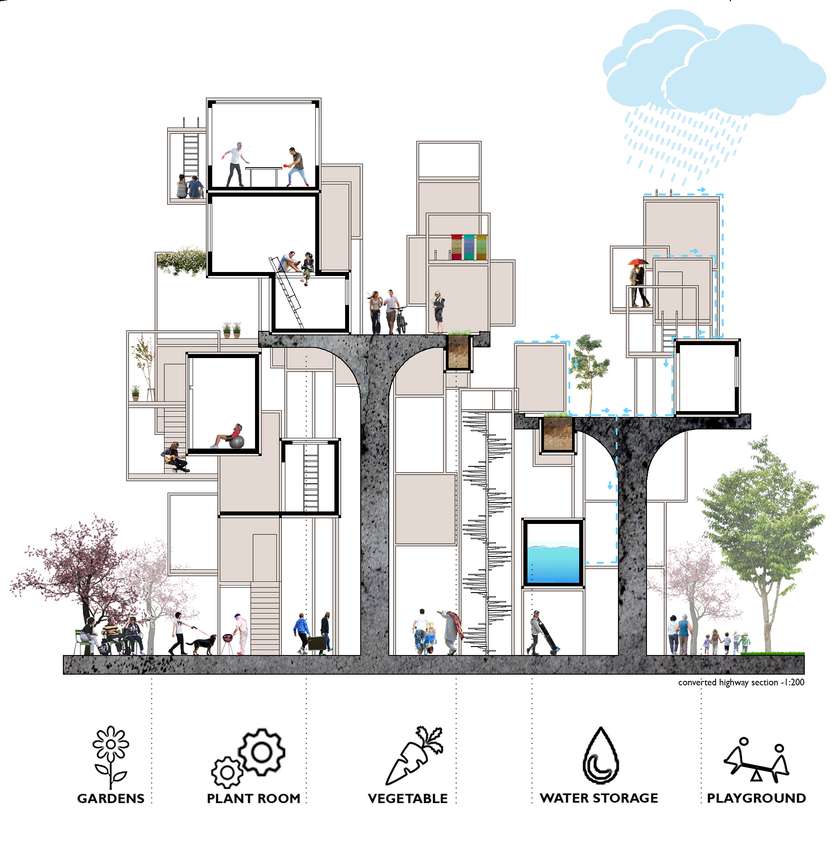Idea by
Artur Nitribitt, YuenFung Cheung
cheung+nitribitt
http://cheungnitribitt.weebly.com/
Call for ideas 2018
Living Scale
Living Scale
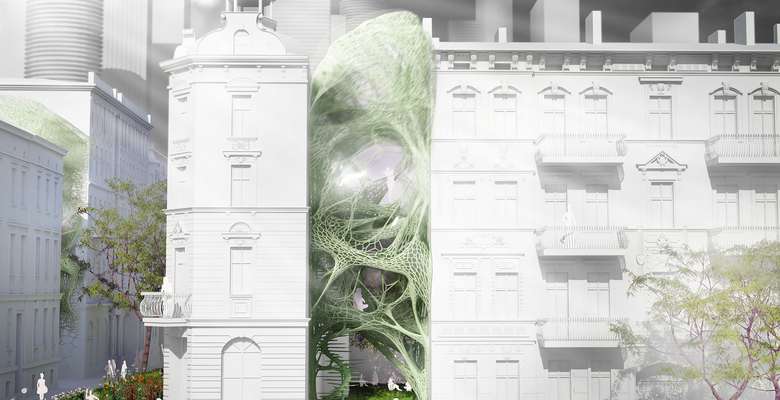
World urban population is expected to increase by 84% by 2050. Urban sprawl threatens basic life-sustaining resources, access to clean air and water as well as production of waste and pollution, which eventually lead to diminished quality of life.
Therefore we must introduce actions in order to use every single space wisely. Urban gaps can be found as a result of urban miss-planning, forgotten corners and abandoned alleys.
We take the view that cities can accommodate more occupants through careful re-structuring of its space use, and qualities of city lives can be improved by encouraging bio-diversity. At the same time we aim to support the health, liveability and wellbeing of the city and its inhabitants.
This could take place through Protocell material - a simple chemical model of a living cell. It assembles from chemical reaction, and could be pre-programmed to have a large variety of forms, characteristics and responses to changes in environment.
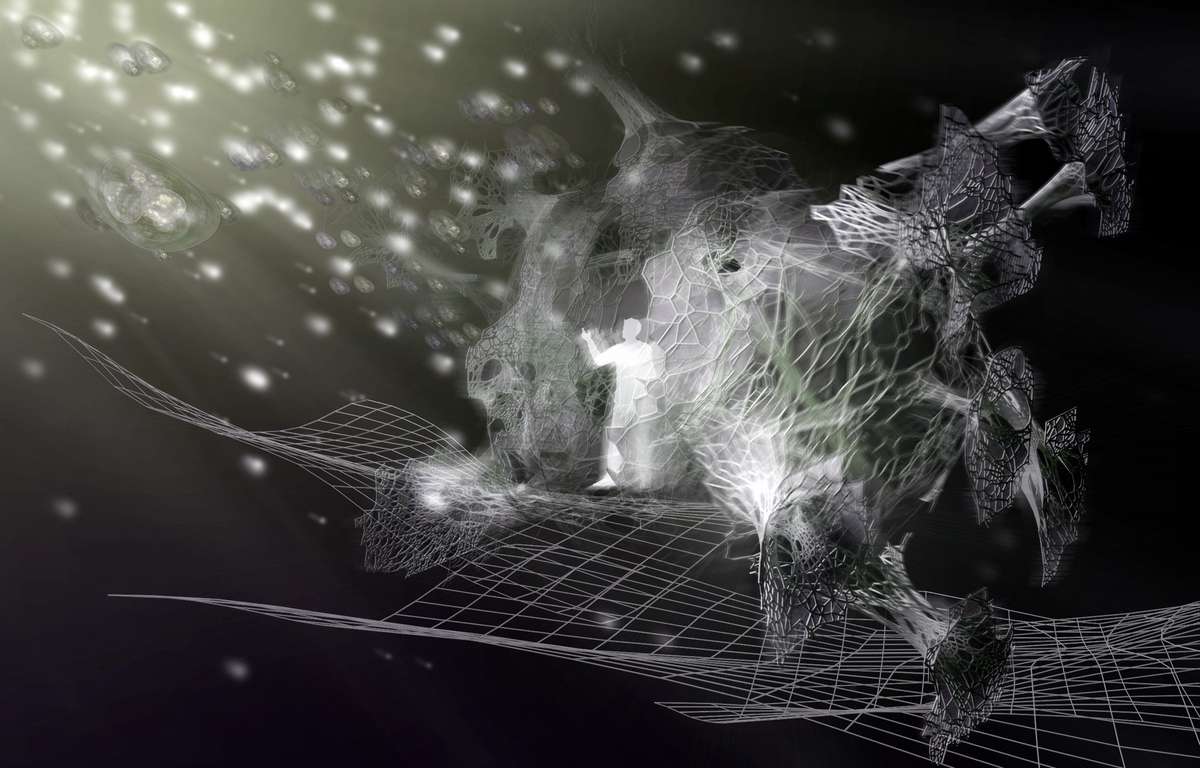
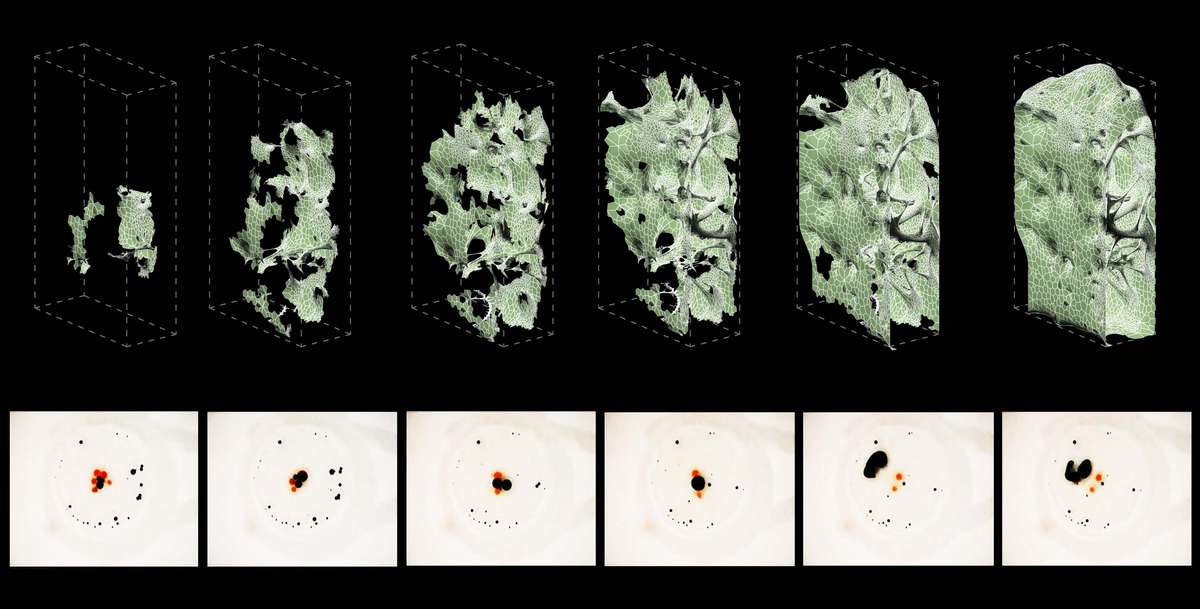
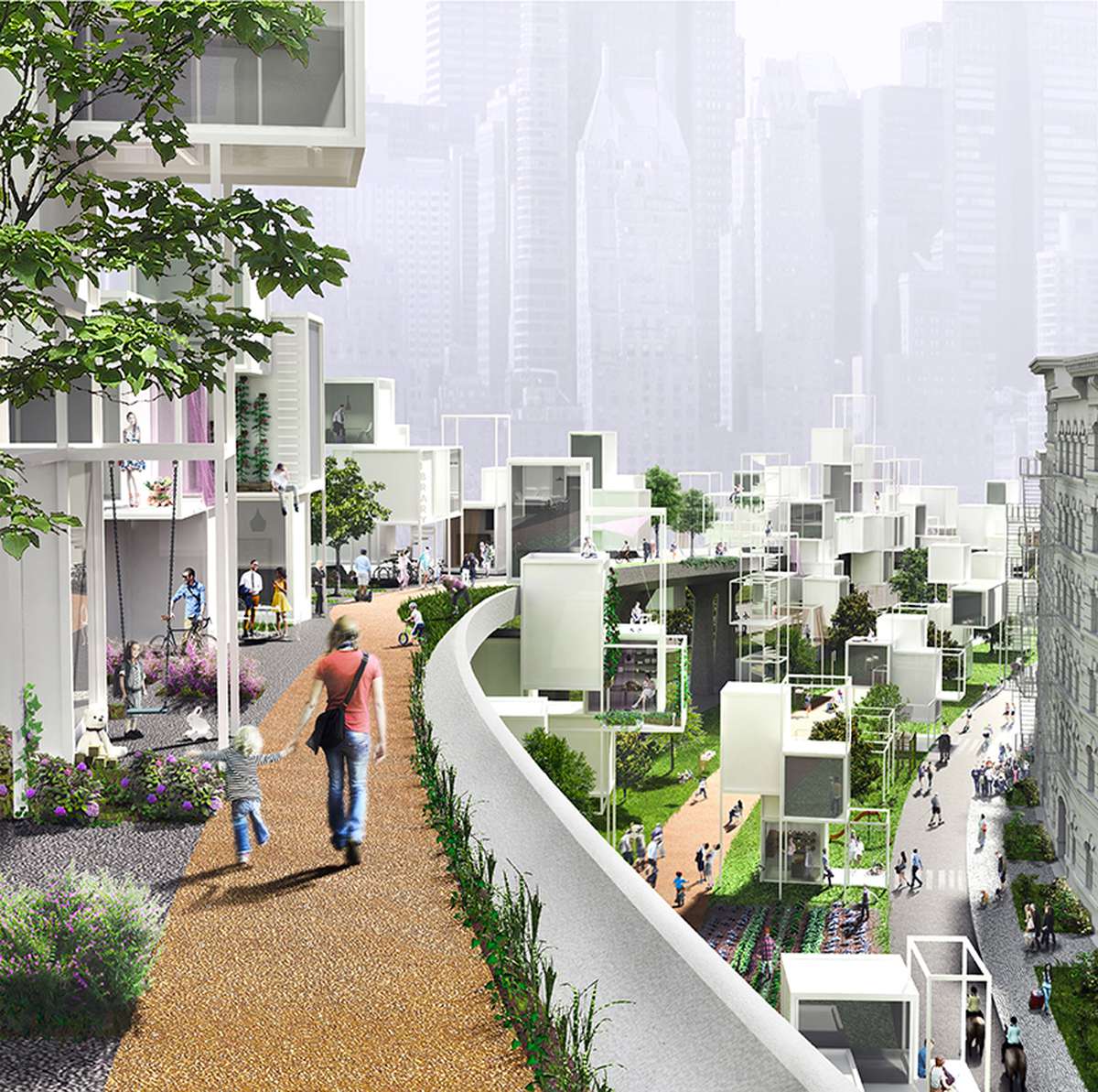
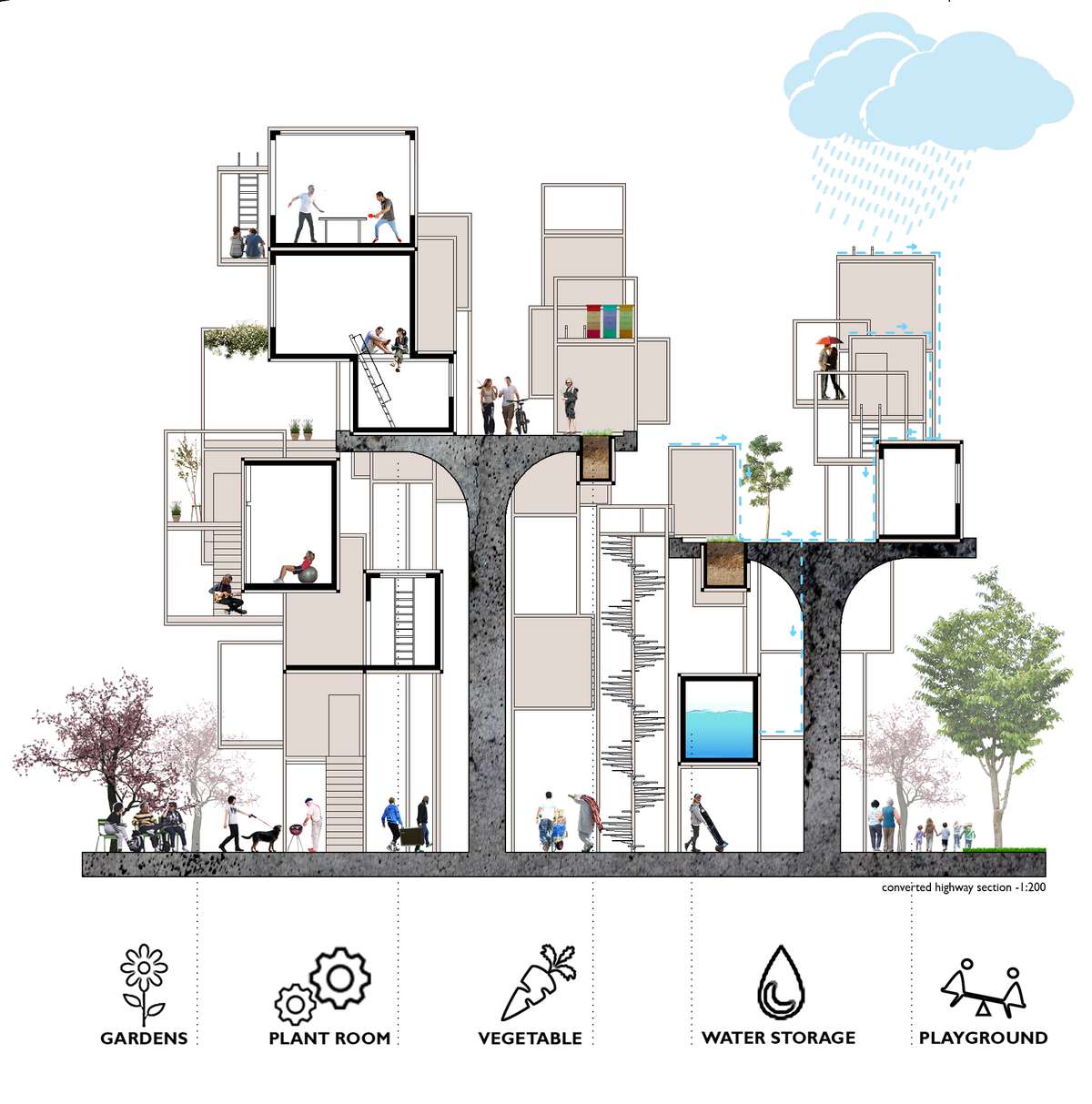

Living Scale
Living Scale

World urban population is expected to increase by 84% by 2050. Urban sprawl threatens basic life-sustaining resources, access to clean air and water as well as production of waste and pollution, which eventually lead to diminished quality of life.
Therefore we must introduce actions in order to use every single space wisely. Urban gaps can be found as a result of urban miss-planning, forgotten corners and abandoned alleys.
We take the view that cities can accommodate more occupants through careful re-structuring of its space use, and qualities of city lives can be improved by encouraging bio-diversity. At the same time we aim to support the health, liveability and wellbeing of the city and its inhabitants.
This could take place through Protocell material - a simple chemical model of a living cell. It assembles from chemical reaction, and could be pre-programmed to have a large variety of forms, characteristics and responses to changes in environment.



